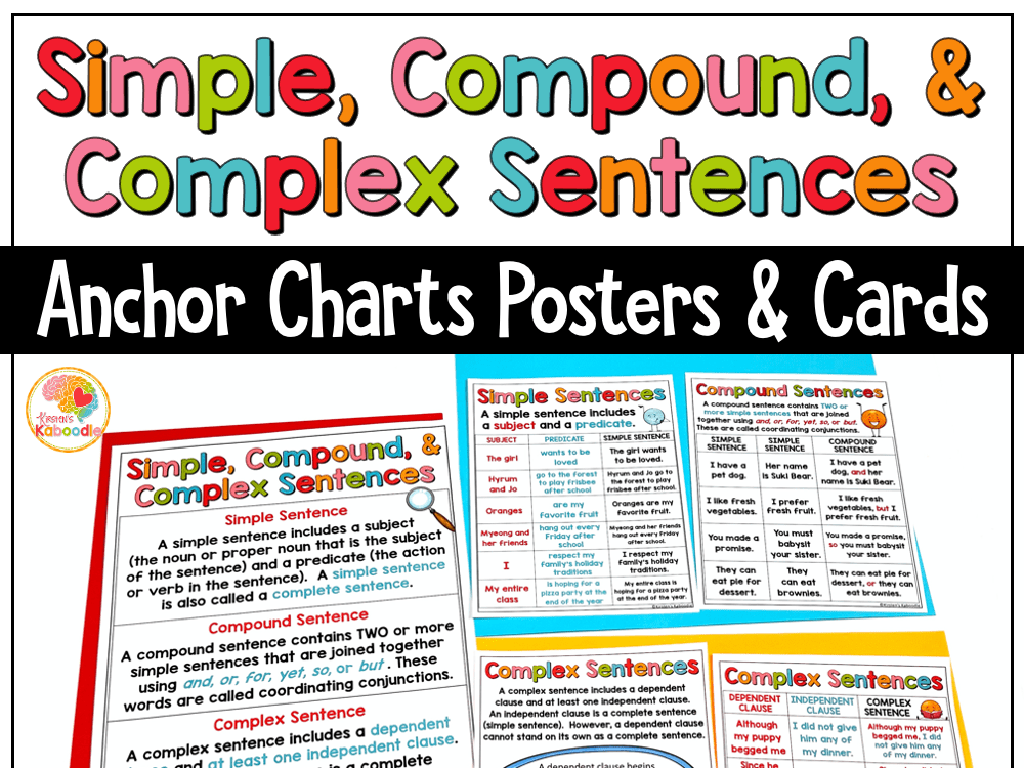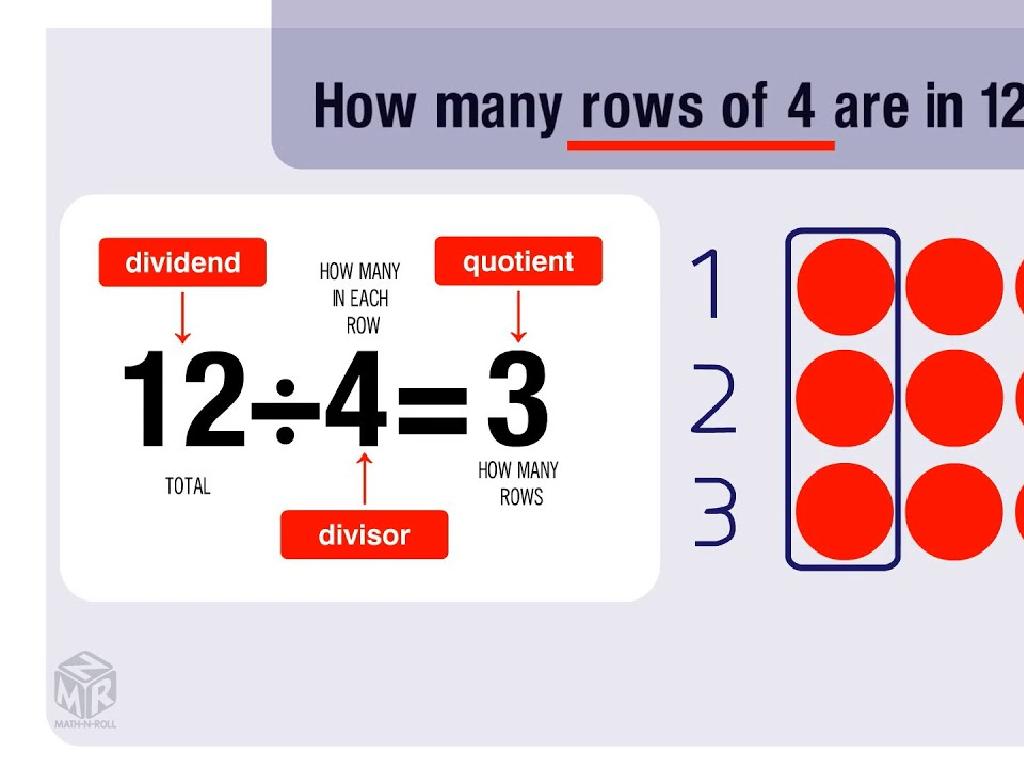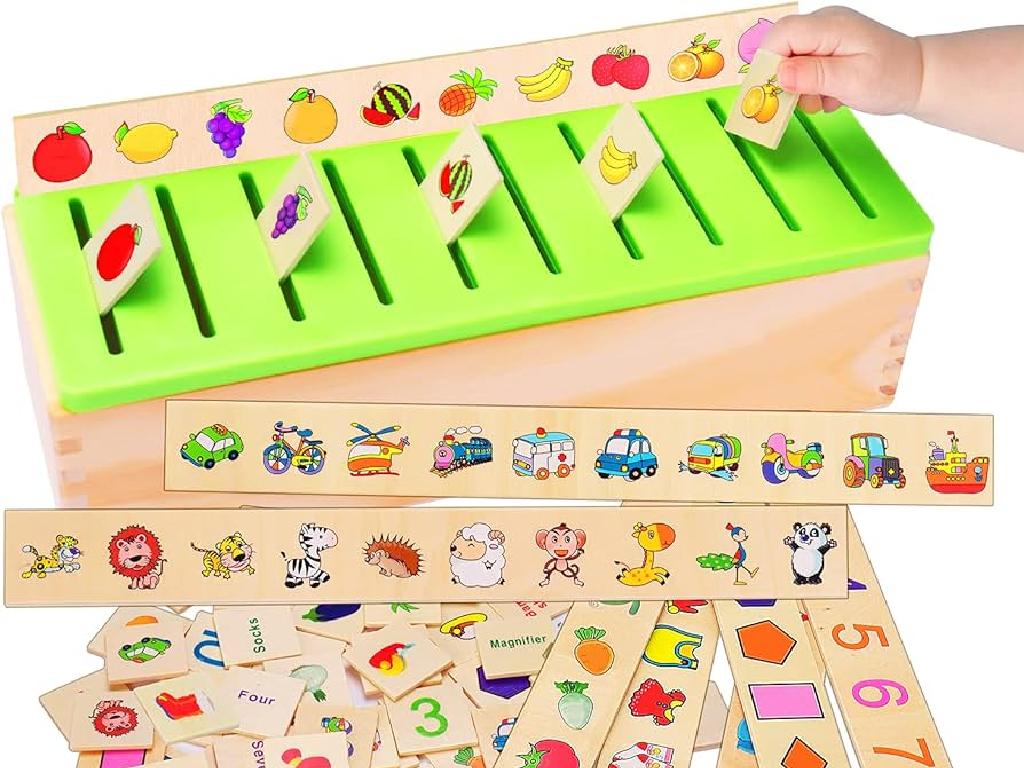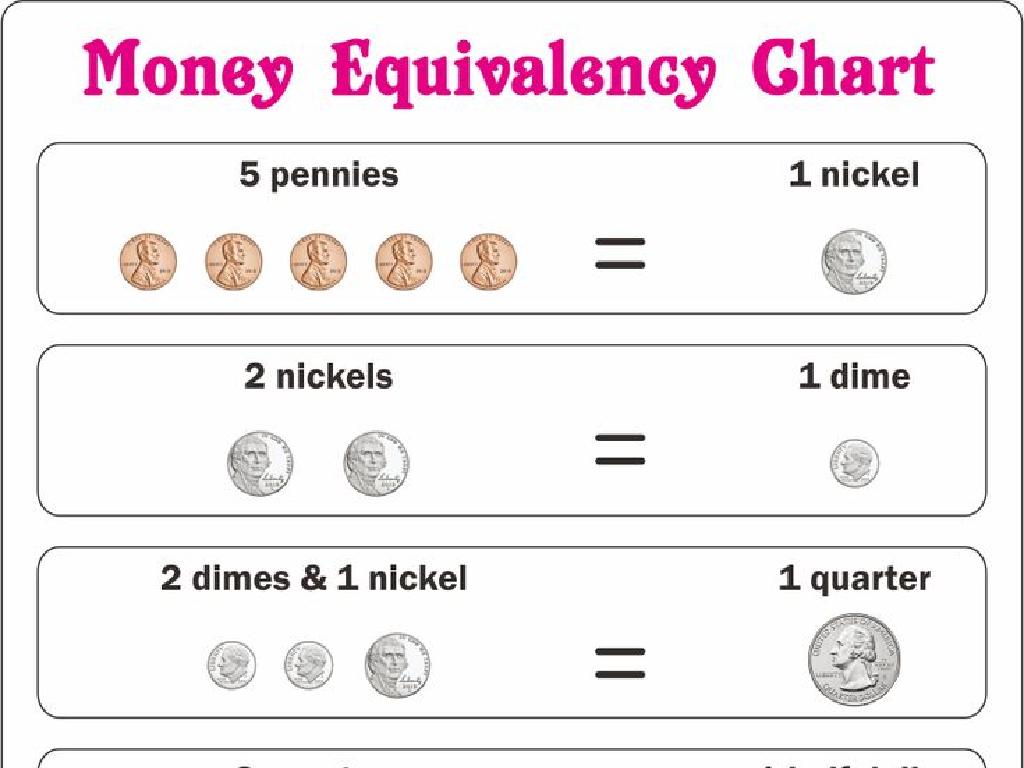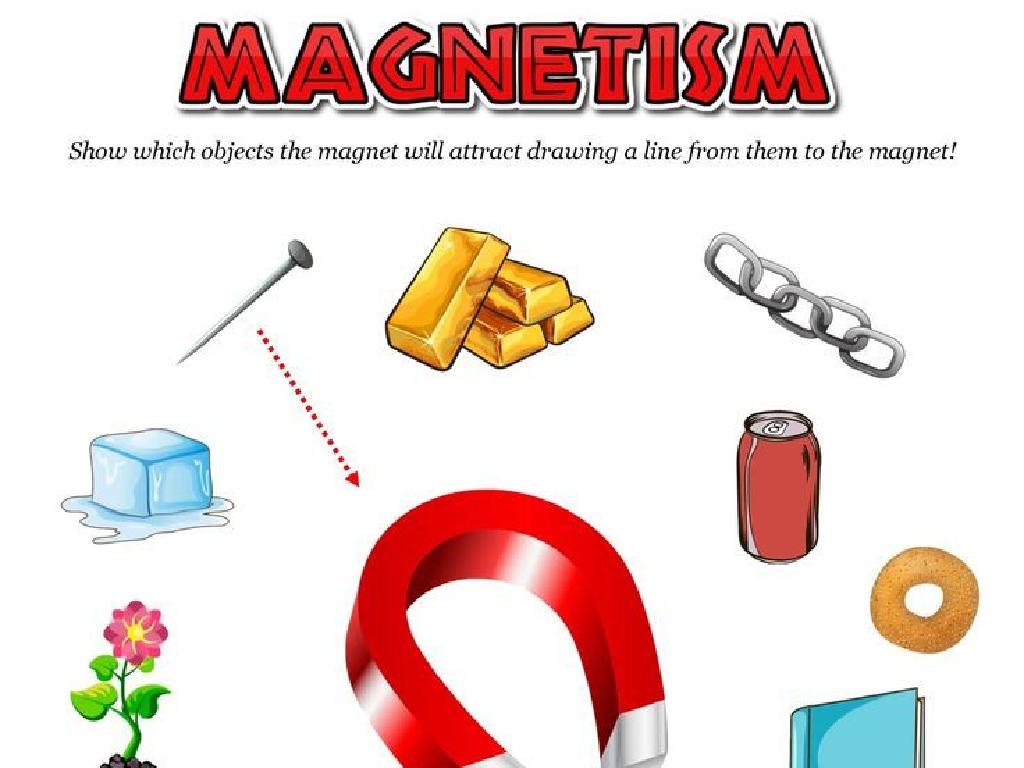Create Varied Sentences Based On Models
Subject: Language arts
Grade: Eighth grade
Topic: Descriptive And Creative Writing
Please LOG IN to download the presentation. Access is available to registered users only.
View More Content
Creative Writing: Sentence Variety
– Explore language beauty
– Focus: Varied sentence creation
– Importance of sentence variety
– Variety adds rhythm and interest, avoiding monotony.
– Enhancing writing with variety
– Use different beginnings, lengths, and structures.
|
This slide introduces the concept of sentence variety as a tool to make writing more engaging and effective. Emphasize to students that varying sentence structure can help maintain a reader’s interest and enhance the flow of their writing. Discuss how using different sentence lengths, types (declarative, interrogative, imperative, exclamatory), and starting words can prevent repetitive and monotonous writing. Encourage students to experiment with combining short sentences into longer, more complex ones, and breaking down long sentences to add punch and dynamism to their writing. Provide examples of texts with varied sentence structures to analyze and discuss as a class.
Understanding Sentence Structure
– Review sentence types
– Simple, Compound, Complex, Compound-Complex
– Clauses and conjunctions
– Independent vs. dependent clauses; coordinating, subordinating conjunctions
– Examples of each type
– ‘I ran.’ (Simple), ‘I ran, and I jumped.’ (Compound), ‘When I ran, I felt free.’ (Complex)
– Crafting varied sentences
|
This slide aims to deepen students’ understanding of sentence structures, which is crucial for descriptive and creative writing. Begin with a review of the four main sentence types, emphasizing the differences between them. Explain the role of clauses, distinguishing between independent and dependent clauses, and introduce conjunctions, both coordinating and subordinating. Provide clear examples for each sentence type to illustrate their form and function. Encourage students to experiment with these structures in their writing to create more engaging and varied sentences. This will not only enhance their writing skills but also their ability to analyze and appreciate the complexity of written language.
The Power of Sentence Variety
– Engage your readers
– Use different sentence structures to keep the reader’s attention.
– Enhance writing flow
– Smooth transitions and varied lengths can improve readability.
– Break the monotony
– Mix simple, compound, and complex sentences to add interest.
– Avoid repetition
– Using synonyms and rearranging sentence elements helps avoid redundancy.
|
This slide emphasizes the importance of sentence variety in writing. It’s crucial for maintaining reader interest, as a text full of sentences with the same structure and length can become dull. By varying sentence types (simple, compound, complex, compound-complex) and lengths, writers can create a rhythm that enhances the flow of their work. Additionally, avoiding repetition of words and phrases prevents monotony. During the lesson, provide students with examples of texts with and without sentence variety to illustrate the difference. Encourage them to practice rewriting sentences to add variety and to use thesauruses to find synonyms. This will help them develop a more engaging and dynamic writing style.
Exploring Sentence Variety in Writing
– Analyze sentences from literature
– Examine how authors craft their sentences for impact
– Identify sentence types
– Simple, compound, complex, compound-complex
– Discuss sentence effects
– How do different sentences influence the reader’s experience?
– Enhance writing with variety
|
This slide aims to teach students how to create varied sentences based on models from literature. Start by analyzing sentences from well-known works, identifying whether they are simple, compound, complex, or compound-complex. Discuss with the class how these different types of sentences can affect the reader, such as creating suspense, adding detail, or speeding up the narrative. Encourage students to think about the impact of sentence variety on their own writing and how they can use it to enhance their descriptive and creative writing skills. Provide examples from literature that illustrate the effective use of varied sentence structures. For the activity, students could rewrite a paragraph from a book using different sentence types to see how it changes the paragraph’s impact.
Crafting Original Sentences
– Use models to inspire your writing
– Look at examples and create similar sentences
– Play with sentence length and structure
– Short sentences create tension; long ones add detail
– Add descriptive language to your sentences
– Use adjectives and verbs for depth and interest
– Include sensory details for vivid imagery
– Engage the five senses to bring scenes to life
|
This slide encourages students to enhance their writing by using model sentences as a starting point for creating their own unique sentences. They should experiment with different sentence lengths and structures to discover the effect on the reader’s experience. Descriptive language, including adjectives and strong verbs, can add depth and interest to their writing. Incorporating sensory details helps to paint a vivid picture in the reader’s mind, making the writing more engaging and memorable. During the next class, students can practice these techniques by rewriting bland sentences and sharing their improved versions.
Group Activity: Sentence Gallery Walk
– Write a unique sentence on paper
– Display sentences around the classroom
– Walk, read, and discuss with peers
– Reflect on sentence variety and creativity
– Observe different writing styles and the use of descriptive language
|
This group activity is designed to foster creativity and appreciation for diverse writing styles among students. Each student will contribute a sentence, showcasing their individuality and understanding of sentence structure. As they walk around the room, they will engage in discussions about the sentences, providing an opportunity for peer learning. Encourage students to note the use of adjectives, adverbs, and unique sentence constructions. The teacher should facilitate the discussion, guiding students to recognize the elements that make each sentence effective or distinctive. Possible variations of the activity could include focusing on specific types of sentences, such as compound or complex, or incorporating vocabulary words from a recent lesson.
Class Activity: Crafting Descriptive Paragraphs
– Pair up with a classmate
– Write a descriptive paragraph together
– Include each type of sentence
– Simple, compound, complex, and compound-complex
– Describe a setting or character vividly
– Use sensory details and strong adjectives
|
This activity is designed to enhance students’ understanding of sentence structures and their ability to use them creatively in writing. By working in pairs, students can collaborate and learn from each other. They should aim to use at least one simple, compound, complex, and compound-complex sentence in their paragraph. Encourage them to focus on vivid descriptions, utilizing sensory details and strong adjectives to bring their setting or character to life. Possible activities: one pair describes a character from a recent story they read, another describes a setting from a picture prompt, another creates a fantasy character, and another describes a historical setting. This will help students understand the impact of varied sentence structures on a reader’s experience.
Sharing and Feedback: Sentence Variety
– Pair up and share your paragraphs
– Discuss sentence variety as a class
– How did different sentences enhance the writing?
– Engage in constructive feedback
– Offer suggestions, not just corrections
– Reflect on the feedback received
– How can the feedback improve your writing?
|
This slide is designed to facilitate a classroom activity where students will work in pairs to share the paragraphs they’ve written, focusing on the use of varied sentence structures. The class will then discuss how sentence variety can enhance writing, making it more engaging and readable. During the feedback session, students should focus on providing constructive criticism that is specific, helpful, and kind, aiming to improve each other’s writing skills. Teachers should guide the discussion, ensuring that feedback is balanced and productive. Encourage students to reflect on the feedback they receive and consider how they can apply it to their future writing. This activity not only helps students with their writing but also develops their critical thinking and analytical skills.
Homework: Crafting Descriptive Paragraphs
– Write about a place you cherish
– Use diverse sentence structures
– Mix simple, compound, and complex sentences
– Bring your work for class review
|
This homework assignment encourages students to engage in descriptive writing by focusing on a place that holds personal significance. The objective is to apply varied sentence structures to enhance the narrative quality of their writing. Students should be reminded to use a mix of simple, compound, and complex sentences to add depth and rhythm to their paragraphs. In the next class, we will review each student’s work, providing constructive feedback and discussing the effectiveness of their sentence variation in descriptive writing. This exercise will help students understand the impact of sentence structure on the reader’s experience and the vividness of their descriptions.

